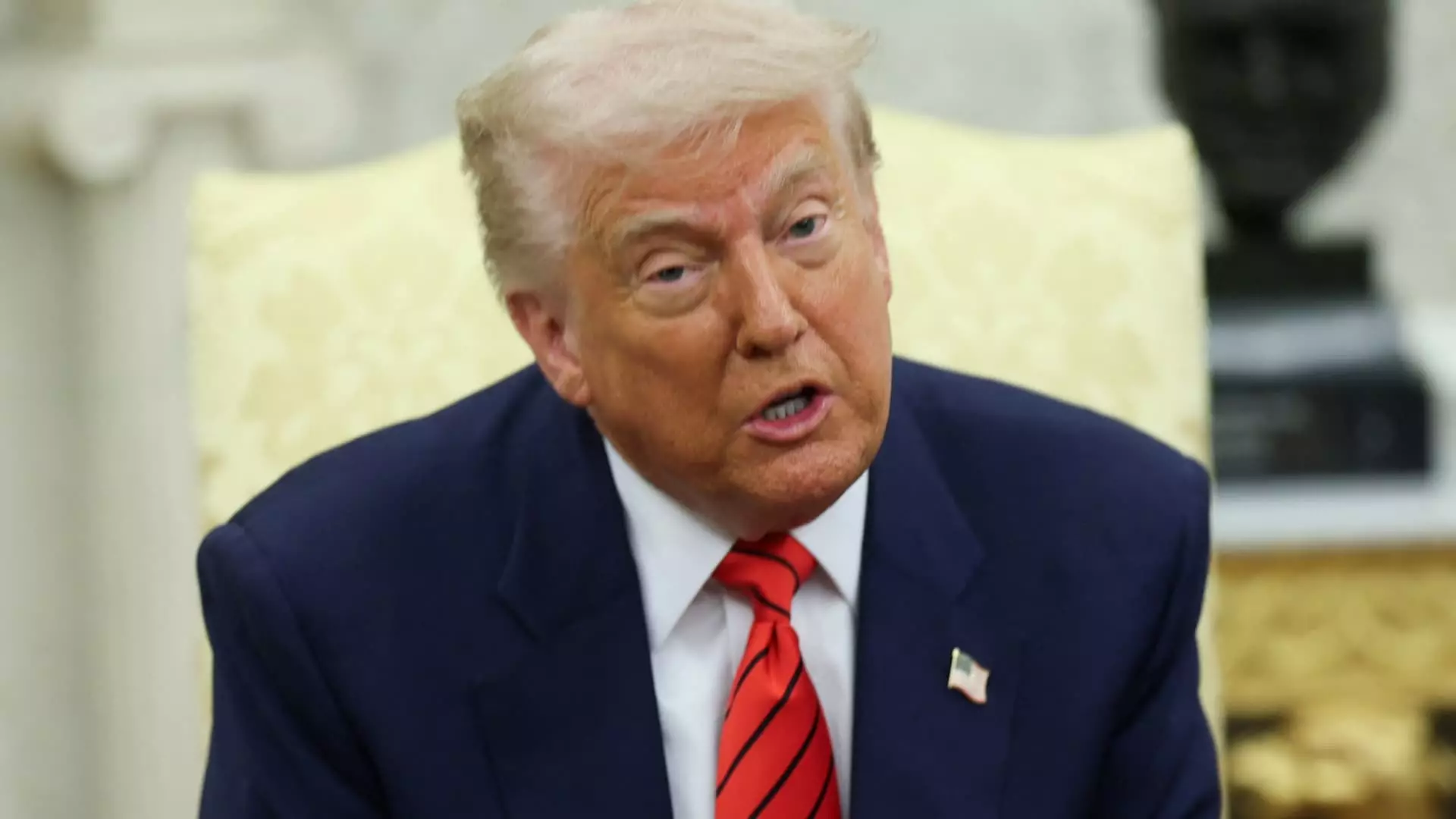When President Donald Trump casually declared that the United States doesn’t need to “sign deals” with trade partners, it sent shockwaves through political channels and walls of corporate boardrooms alike. This assertion stands in stark contrast to the established paradigm of international negotiations where mutual agreements are seen as foundational to economic relationships. Trump’s comments have raised eyebrows, but they’re perhaps more indicative of a chaotic approach to trade than a revolutionary strategy. His insistence that other countries need access to U.S. markets while the U.S. doesn’t require the same access reveals a misunderstanding of the interdependent nature of global economics. Such an attitude could cause long-term damage to the delicate fabric of international trade relationships that the U.S. has cultivated for decades.
Frustration Over Pressure, or a Lack of Progress?
The frustration expressed by Trump at the incessant questioning around trade deals is almost palpable. However, it’s hard not to see this as a deflection tactic. The comment followed weeks of anticipation from both the media and business leaders regarding the Trump administration’s plans for trade negotiations with key allies like Canada, India, and South Korea. If Trump’s administration had made genuine progress, the pressure to announce deals might have dissipated. Instead, his remark appears as a surrender to mounting concerns from investors, business executives, and everyday Americans who rely on stable trade relationships. The discrepancy between White House rhetoric and actual outcomes highlights an underlying issue—an administration that seems more about bluster than substantive action.
The Chasing of an Elusive Deal
Trump’s frequent assertions of potential deals are reminiscent of dangling carrots, tantalizing enough yet perpetually out of reach. During a tour on Air Force One, Trump painted a rosy picture where he suggested that trade agreements with India and others were just around the corner. Yet when reality fails to align with these proclamations, it diminishes trust—not just in the president, but in the institutions meant to stabilize our economy. The alarming truth is that while speculation about deals continues to swirl, there’s a growing apprehension that the administration is fumbling through complex negotiations without a clear strategy, further condemning crucial economic partnerships to a limbo state.
A Luxury Store Analogy That Misses the Mark
The catchy analogy deployed by Trump—portraying the U.S. as a “super luxury store” with ‘premium goods’ priced to attract buyers—deserves scrutiny. While it might resonate with some as a bold vision for American economic prowess, it simultaneously alienates U.S. consumers and trading partners, suggesting that we hold the upper hand at all costs. This perspective overlooks the mutually beneficial nature of trade. Treating trade relationships as transactions where one party has all the power likely risks transforming the U.S. from a leading trading nation into an isolated economy plagued by skyrocketing prices and dwindling foreign investments. It’s that disregard for the importance of bilateral compromise that carries significant risks.
The Danger of Overpromising and Under Delivering
One of the clearest dangers in Trump’s trade approach is the tendency to promise without delivering results. Trump himself acknowledged that his advisors have been overpromising. Yet this is a cyclical issue; it reveals a lack of coherent strategy that fails to translate into actionable negotiation tactics. With no substantive deals in place, any hope of recovering from a possible trade-induced economic slowdown hangs precariously. Investors are left hanging without a concrete framework to cling to, creating an atmosphere of uncertainty in global markets that could, ironically, tarnish the very luxury status Trump is selling.
In aiming for a self-image of strength and independence, the Trump administration risks neglecting the collaborative essence of international relations. Trade isn’t about closing doors; it’s about building bridges. As long as this misalignment remains, the U.S. stands to lose its competitive edge in an interconnected world. The real question now is whether this self-sufficient narrative will continue to deter foreign partnerships or if it will eventually give way to a more pragmatic and cooperative strategy before it’s too late.


Leave a Reply